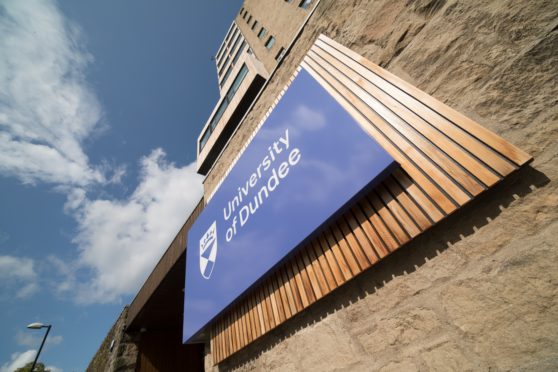A clinical trial led by Dundee University has found that lung cancer can be spotted earlier and diagnosed more precisely with the help of a blood test.
Around 12,000 volunteers from all over Scotland took part in the study, which focused on adults aged 50 to 75 who had a high risk of developing lung cancer over the next 24 months.
The blood test, followed by low-dose CT imaging for those who test positive, was found to identify 32% of lung cancers.
Professor Frank Sullivan, co-chief investigator of the study, said: “This study moves us closer to making an earlier diagnosis of lung cancer, which could have a significant impact in saving lives.
“Lung cancer has been notoriously difficult to spot early and to treat.
“Scanning produces a lot of `false positive’ results, which then place demand on resources as they are followed up and investigated.
“The blood test, followed by imaging may be better at identifying those people who actually have cancer.
“The question we need to answer next is whether a combination of blood testing and imaging can offer a real step-change in lung cancer diagnosis.”
The study was done in collaboration with Glasgow, Aberdeen, St Andrews, Nottingham and Toronto Universities, as well as NHS Scotland, the Scottish Government, The Canberra Hospital and Oncimmune, the company that developed the new blood test.
Tayside Clinical Trials Unit was responsible for trial delivery, data management and analysis.
Patients in the study who had a positive result from the test were offered a chest X-ray followed by a CT scan.
If the initial CT scan revealed no evidence of lung cancer then subsequent CT scans were offered six-monthly for 24 months.
There were cases where lung cancer was identified early due to people having volunteered for the study, and they were subsequently referred for clinical care.
Scotland has one of the highest rates of lung cancer in the world – 2,592 men and 2,739 women were diagnosed with lung cancer in Scotland in 2017.
In that year, 4,069 people with lung cancer in Scotland died.
If the disease is diagnosed in the early stages cure rates can be up to 70%.









